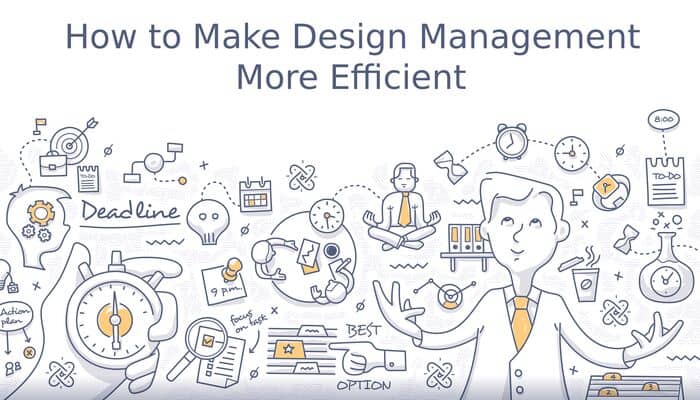Table of Contents
Problem:
Design management and design control can be complicated. In fact, many project managers without design management experience don’t realise how complicated and demanding design management can be.
It can be difficult to coordinate the development of designs.
Problems include:
- Late completion of design drawings
- Difficulties in coordination of multiple design disciplines
- Different styles used by different designers in developing their designs
- Different communication styles used by your team (email, in person, phone, online text communication etc).
- People following different design delivery processes
- Different locations where designs are stored
- Lack of quality control
- Missing information from designs
- Not referencing the correct standards in the drawings
- Incorrect drawing numbers or names
- Issuing designs to clients before they should be
- Lost drawings
- Getting all the signatures required for compliance
- Insufficient verification
- Missing disciplines in the designs
- Inconsistency between design drawings
- Designers ignoring the input or status of related designs
The coordination of all these design issues is complicated, and it is very easy to accidentally complete designs with missing or incorrect information.
For a thorough article about what design management is, refer to the article on Wikipedia for Design Management.
Solution:
There are many different styles and ways to manage design teams. I would like to propose one solution which I have seen work well.
I think your project should have a mandatory sequence of steps for design and design completion. Do not let it be bypassed by the designers, reviewers and discipline leads (nor by the design manager).
Some of the links on this website may be affiliate links to products I use, have tested or am familiar with. I may receive a commission if you click on some of those links and make a purchase. This is at no additional cost to you.
This sequence could be listed out clearly in a design management plan. In fact, I see this is often the case, the design management plan does explain exactly what the design process is. However, once written and approved, I find that management plans are rarely read again.
Your design project needs an easy to read and easy to refer to document that all the design team can regularly refer to. It should use dot points as much as possible, and be as short as possible, while still listing all the steps required.
Even better, you could have a software system with gates, through which every design must be submitted. This would make sure that no step is skipped or forgotten.
An example of a summary construction design management list, with a sequence of steps is below. Designers should at minimum check off against each step to ensure each has been done (and that a record of them doing so is made).
I think you should include this with the design brief you provide to each designer:
- Review design scope
- Review provided information (existing as built drawings, surveys, reports etc)
- Develop concept design (30%)
- Design sketch
- Drafting
- Designer check
- Redrafting
- Drafting check
- Designer final check
- Submit to client
- Client Review
- Client Feedback
- Develop detailed design (80%)
- Design calculations
- Design changes (including integration of client feedback)
- Drafting updates
- Designer check
- Redrafting
- Drafting check
- Designer final check
- Cross disciplinary check
- External party review (review by a different designer)
- Calculations check
- Design check
- Design corrections
- Drafting corrections
- Consistency check (across drawings, designers and disciplines) – usually by someone familiar with the scope across all the disciplines
- Final design corrections
- Final drafting corrections
- Final drafting check
- Designer final check
- Submit to client
- Client review
- Client feedback
- Issue for Construction Design (IFC) (or issue for use or development if not a construction project)
- Final design updates (should only be small details at this stage)
- Drafting updates
- Designer check
- Redrafting
- Drafting check
- Designer check
- Cross disciplinary check
- External party review (review by a different designer)
- Calculations check
- Design review
- Consistency check (across drawings, designers and disciplines) – usually by some familiar with the scope across all the disciplines)
- Final design corrections
- Final drafting corrections
- Final drafting check
- Designer final check
- Ensure all check sheets, calculation records, QA forms etc are stored accurately and together.
- Final QA check (page numbers, titles, title blocks, drawing numbers etc.)
- Submit to client
If the steps above are followed properly, and if each designer checks off the list as they go, the final collation of records (QA) should be very easy and quick. There may be other steps that need to be added in the above steps, such as a safety in design step, HAZOP (hazard and operability study), etc. The stage percentages might also be adjusted to suit the type of project.
Many people (and companies) do a list similar to the above. However, in many cases it is only done at the end of the design, retrospectively. It is much better to do it along the way.
Ideally a checklist like the above would be used for each drawing, or at least for each package of drawings.
I think it is even better if the project has an online system in which the designers and drafters involved check off that they have done each step. The designs and associated calculation sheets, forms, and drawings would all be kept in that system and the gate or check system would be recorded against each deliverable set or each drawing.
There are many online project management systems in which you could customise a template “board” or task or similar and open a new one of these for each design. E.g. Trello, Freedcamp, Ora, Asana, Monday etc.
There is probably software somewhere designed for managing the design process for construction projects, but so far I have only found systems for software and website design, which does not transfer well to be used for construction design.
If you know of any software or SAAS that does this well please let me know in the comments below.
Lesson:
Design Management is complicated. Make sure you have a reliable system in place to ensure nothing is missed.
It will help your team complete the designs accurately and on time.

